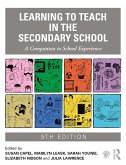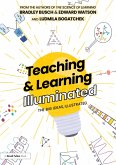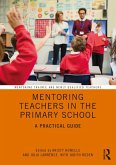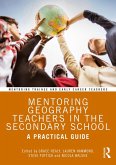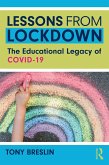The text includes a wealth of examples and tasks to support you in successfully applying theory to practice, and in critically reflecting on and analysing your practice to maximise pupil learning. The wide range of pedagogical features supports both school- and university-based work up to Masters level. Written by experts in the field, the 41 concise units are underpinned by evidence-informed practice and focus on what you need to know to thrive in the classroom, including:
- lesson planning;
- curriculum;
- managing behaviour;
- online lessons and digital resources;
- effective communication with pupils;
- how pupils learn;
- assessment, marking and feedback;
- diversity and inclusion;
- special educational needs and disabilities (SEND);
- managing stress, workload and time;
- applying for jobs, developing as a professional and networking.
The book is extended and enhanced through a companion website that includes:
- Animated explainer videos, to introduce and summarise key topics;
- A selection of downloadable and editable tables and figures from the book, so that the most practical elements can be taken out of study and into practice;
- Additional material and interactive features to support selected units, such as focus questions for lesson observations, and flashcards to help analyse student behaviour;
- Bonus content, including 'Starting to Teach' chapters and a mapping document, supporting you to make links between the ninth edition chapters and key teaching standards.
Supported by the subject-specific titles in the Learning to Teach Subjects in the Secondary School and A Practical Guide to Teaching Subjects in the Secondary School Series, it is an essential purchase for every aspiring secondary school teacher.
Dieser Download kann aus rechtlichen Gründen nur mit Rechnungsadresse in A, B, BG, CY, CZ, D, DK, EW, E, FIN, F, GR, HR, H, IRL, I, LT, L, LR, M, NL, PL, P, R, S, SLO, SK ausgeliefert werden.



